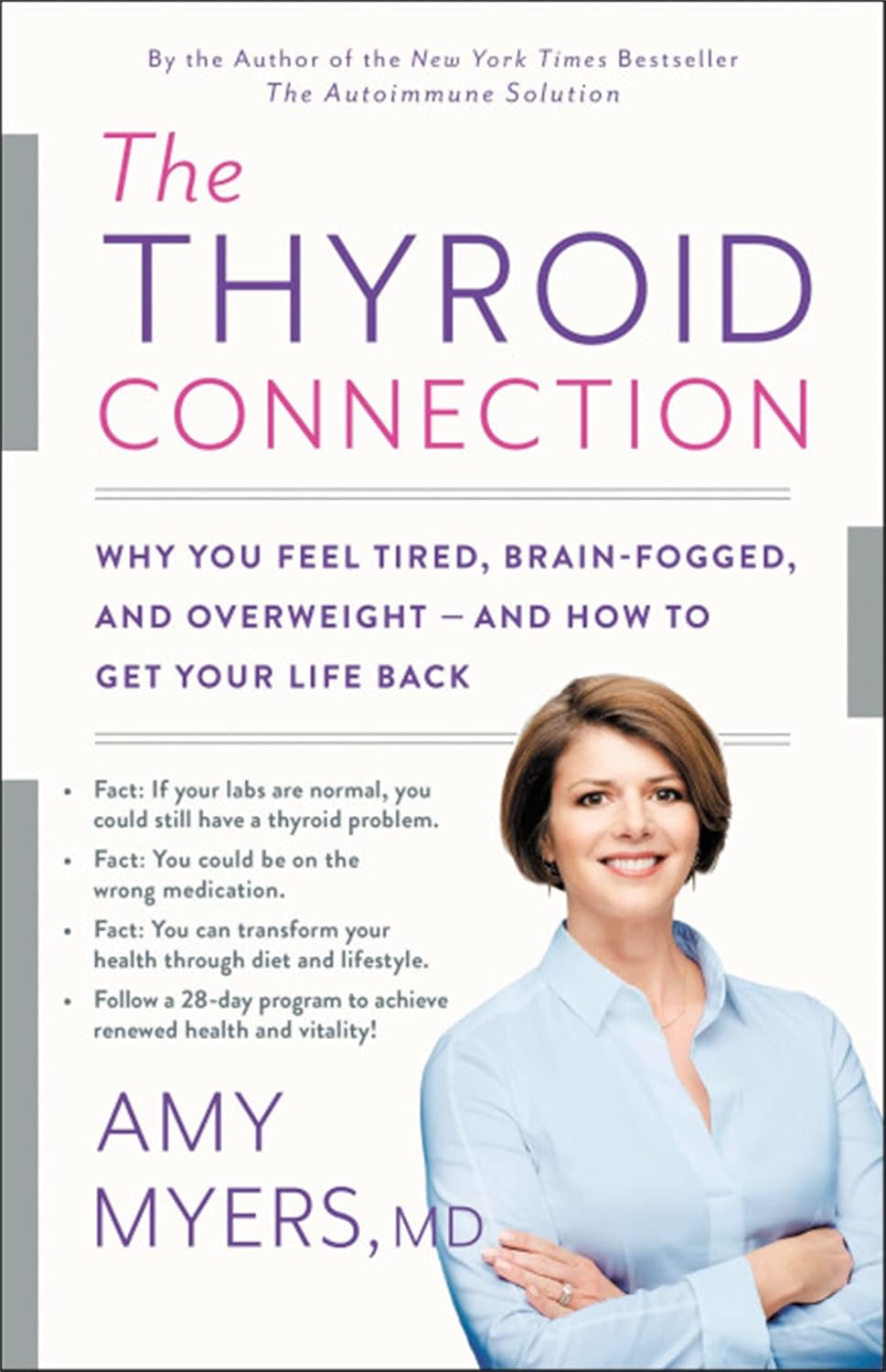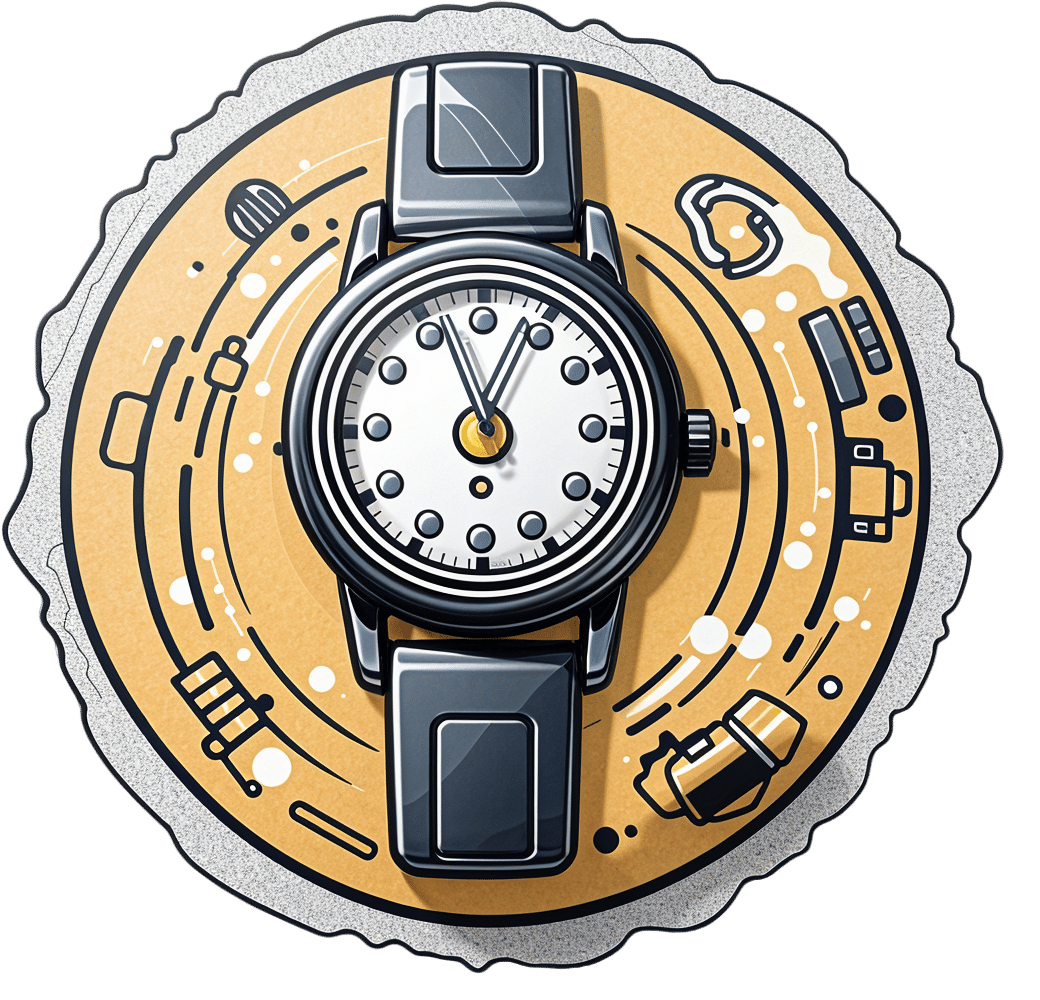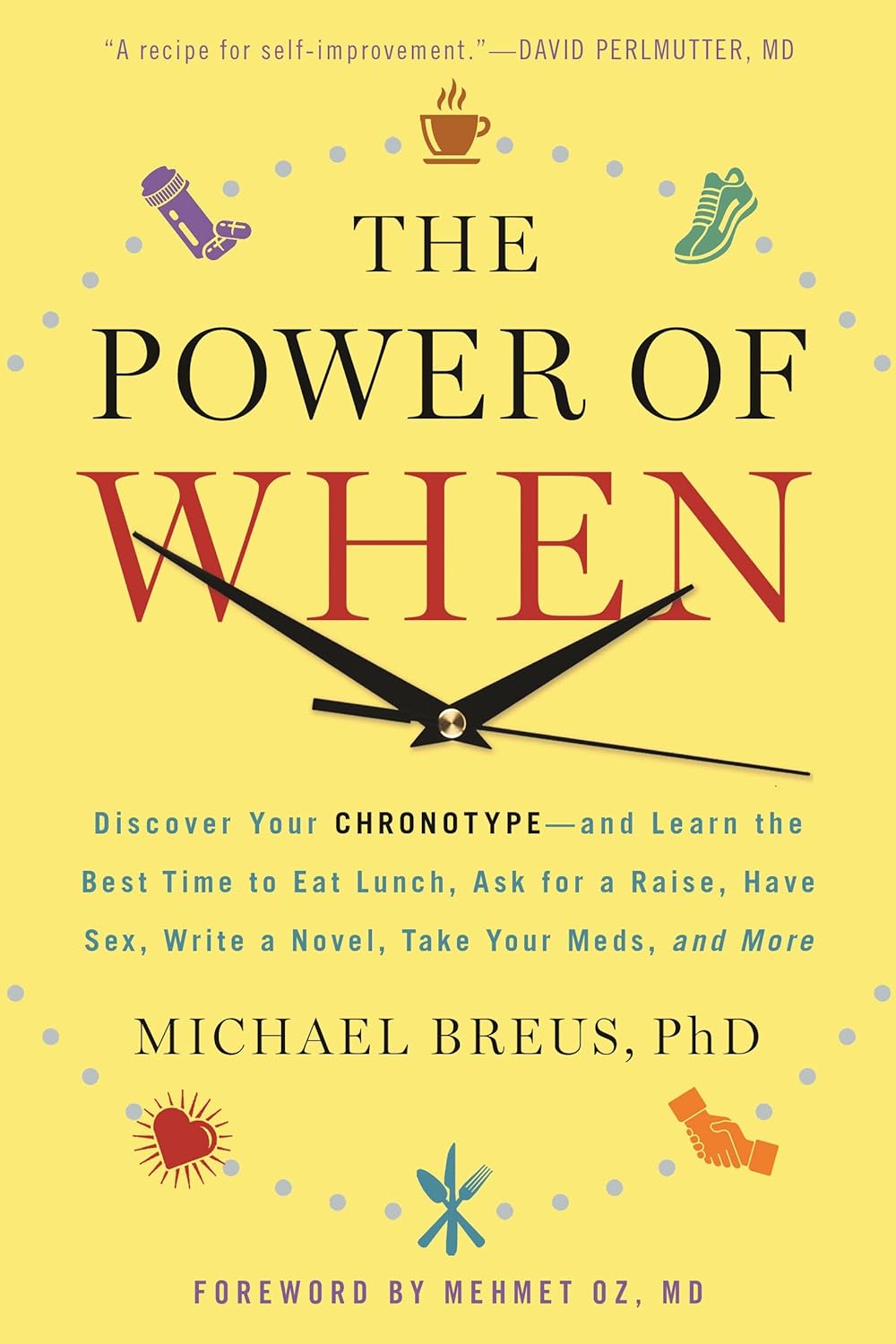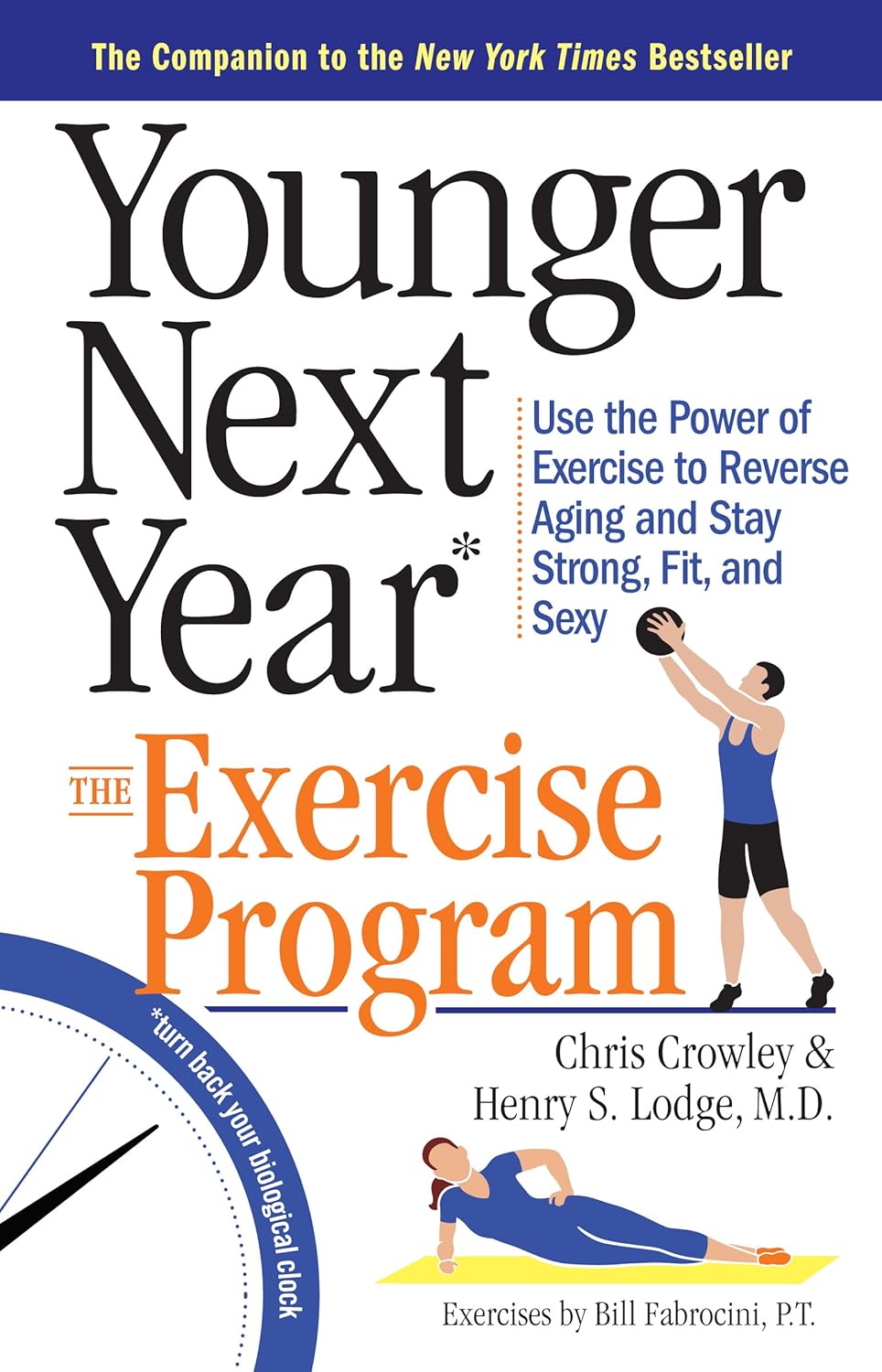
Hit A Weight Loss Plateau? Here’s What To Do
10almonds is reader-supported. We may, at no cost to you, receive a portion of sales if you purchase a product through a link in this article.
Around this time of year (early April, at time of writing) it’s especially common for people to hit a plateau in our progress towards various goals.
When it comes to weight loss specifically, a large (n=24,035) study of mostly women (19.972/24,035 = 83.09%) aged 31–70 (with more than half being in the 51–70 range) has good news about this:
Most people who sustainably lose weight weight over the course of a year, have a plateau at some point, usually at least one three-month plateau.
The top three weight loss patterns were:
- 15% lost weight for 6 months, then maintained their weight for a further 6 months, resulting in an average 11kg weight loss after a year (12% of their starting body weight)
- 11% lost weight in the first 3 months, then maintained for 9 months, losing 5kg after a year (nearly 6% of their starting body weight)
- 9% lost weight for 9 months, followed by 3 months of maintenance, resulting in an average 16kg loss (17% of their starting body weight)
You can read the full paper here: Weight Loss Patterns and Outcomes Over 12 Months on a Commercial Weight Management Program (CSIRO Total Wellbeing Diet Online): Large-Community Cohort Evaluation Study
Did you notice the reframe there? What may be seen (and not welcomed) by the individual is a plateau, but what it also is objectively, is weight loss maintenance. In other words, not regaining weight, as we all know can be all too easy for many.
You may be thinking: “but I want to continue losing weight!”
And that’s fine. The trick is to use the maintenance phase (or plateau, if you want to call it that) as an opportunity to assess what’s working for you and what’s not, and where you want to go from here.
The chances are good that your metabolism has simply adapted to whatever diet/exercises changes you made to your lifestyle… And that’s good!
Three months ago, you wanted your body to have this new “set point”, and now you have it. Congratulations on the improved metabolism!
Now, imagine yourself starting again, but this time you’re starting with a better metabolism than last time you started. What will you do next to up the ante?
Whatever you do, we recommend making sure to do it healthily, for example: How To Lose Weight (Healthily!)
You might even want to coast for a little in a maintenance phase, and use the opportunity to improve related areas of your health, before diving back into your next weight loss phase.
For example, you might want to: Stop Trying To Lose Weight (And Do This Instead) ← this is about metabolic health in a more general fashion, and is very important
Alternatively, you might want to take the opportunity to build a little muscle (which in turn will improve your metabolic health, because muscle “costs” calories to maintain, while fat cues your body to dial down the metabolism to survive the famine for which it thinks you were preparing).
If you want to do that, then check out: Can You Gain Muscle & Lose Fat At The Same Time?
And if at any point your weight loss journey (or perhaps a plateau somewhere along such) is getting you down, then… You know the saying “have fun and be yourself”? The trick here is to have fun and be your best self. Seriously! Mindset is actually really important, not just for your mental health, but also for your physical health, and yes, also for weight loss specifically, if that’s your goal.
See: 8 Pillars of Weight Loss Explained ← Surprise, diet is #6 and exercise is #7, while emotional freedom and resilience is #1 😎
Want to know more?
Check out this trio of articles that’ll keep you on the right path:
- How To Plan For The Unplannable & Always Follow Through
- How To Avoid Slipping Into (Bad) Old Habits
- How To Keep On Keeping On… Long Term!
Take care!
Don’t Forget…
Did you arrive here from our newsletter? Don’t forget to return to the email to continue learning!
Recommended
Learn to Age Gracefully
Join the 98k+ American women taking control of their health & aging with our 100% free (and fun!) daily emails:
-
The Thyroid Connection – by Dr. Amy Meyers
10almonds is reader-supported. We may, at no cost to you, receive a portion of sales if you purchase a product through a link in this article.
Many people’s thyroids aren’t doing an amazing job, and instead are underactive or overactive, either of which will have a big impact on many areas of health. And yet, it tends to go underdiagnosed. Why?
Dr. Meyers makes the case that many doctors don’t do the right tests, and if they do, often refer to benchmarks that are based on science that was cutting-edge in the 1970s, and declare things “within acceptable ranges” that are not only not optimal, but also likely to get worse if not addressed.
While advocating for proactive (and more comprehensive) testing, once a thyroid condition is identified, she argues for lifestyle interventions as the thing to try first, since many people’s thyroid conditions can be managed this way without the drawbacks of various medical treatments. Nevertheless she does discuss the medical options too, even if she strongly recommends trying out her 28-day plan first.
The style is very accessible pop-science, with minimal jargon, albeit a generous bibliography. She can be a little bit salesy in her presentation, but it doesn’t take away from the valuable content.
Bottom line: if your energy levels aren’t what they used to be, and you’re not positively sure (i.e. you had tests and understand the numbers) that it’s not thyroid issues, then this book is well-worth checking out.
Click here to check out The Thyroid Connection, and get yours in order!
Share This Post
-
Planning Ahead For Better Sleep
10almonds is reader-supported. We may, at no cost to you, receive a portion of sales if you purchase a product through a link in this article.
Sleep: 6 Dimensions And 24 Hours!
This is Dr. Lisa Matricciani, a sleep specialist from the University of South Australia, where she teaches in the School of Health Sciences.
What does she want us to know?
Healthy sleep begins before breakfast
The perfect bedtime routine is all well and good, but we need to begin much earlier in the day, Dr. Matricciani advises.
Specifically, moderate to vigorous activity early in the day plays a big part.
Before breakfast is best, but even midday/afternoon exercise is associated with better sleep at night.
Read more: Daytime Physical Activity is Key to Unlocking Better Sleep
Plan your time well to sleep—but watch out!
Dr. Matricciani’s research has also found that while it’s important to plan around getting a good night’s sleep (including planning when this will happen), allocating too much time for sleep results in more restless sleep:
❝Allocating more time to sleep was associated with earlier sleep onsets, later sleep offsets, less efficient and more consistent sleep patterns for both children and adults.❞
Read more: Time use and dimensions of healthy sleep: A cross-sectional study of Australian children and adults
(this was very large study involving 1,168 children and 1.360 adults, mostly women)
What counts as good sleep quality? Is it just efficiency?
It is not! Although that’s one part of it. You may remember our previous main feature:
The 6 Dimensions Of Sleep (And Why They Matter)
Dr. Matricciani agrees:
❝Everyone knows that sleep is important. But when we think about sleep, we mainly focus on how many hours of sleep we get, when we should also be looking at our sleep experience as a whole❞
Read more: Trouble sleeping? You could be at risk of type 2 diabetes
That’s not a cheery headline, but here’s her paper about it:
And no, we don’t get a free pass on getting less sleep / less good quality sleep as we get older (alas):
Why You Probably Need More Sleep
So, time to get planning for the best sleep!
Enjoy videos?
Here’s how 7News Australia broke the news of Dr. Matricciani’s more recent work:
Rest well!
Share This Post
-
The Power of When – by Dr. Michael Breus
10almonds is reader-supported. We may, at no cost to you, receive a portion of sales if you purchase a product through a link in this article.
There’s a lot more to one’s circadian rhythm than just when one wakes and sleeps. This book goes into that quite deeply!
For example, those items in the subtitle? You could do them all at the same time, but it probably wouldn’t be optimal (although honestly, that does sound like quite a good life!). Rather, there are distinct times of day that we’re going to be better at certain things, and there are distinct times of day when certain things are going to be better for us.
Of course, some items are not so simple as a one-size fits all, so Dr. Breus outlines for us how to figure out our own chronotype (within four main schemas), and how to make that work for us as well as possible.
They style is easy-reading pop-science, with frequent summaries, bullet-points, quizzes, and so forth, making it easy to understand, learn, and apply.
Bottom line: if you feel like your sleep could use a do-over, then this book can help you get it into order—and the rest of your daily activities too!
Click here to check out The Power of When, and optimize your health!
Share This Post
Related Posts
-
Younger Next Year: The Exercise Program – by Chris Crowley & Dr. Henry Lodge
10almonds is reader-supported. We may, at no cost to you, receive a portion of sales if you purchase a product through a link in this article.
We previously reviewed the same authors’ original “Younger Next Year”, and now here’s the more specific book about exercise for increasing healthspan and reversing markers of biological aging, going into much more detail in that regard.
How much more? Well, it’s a very hand-holding book in the sense that it walks the reader through everything step-by-step, tells not only what kind of exercise and how much, but also how to do, what things to do to prepare, how to avoid not erring in various ways, what metrics to keep an eye on to ensure you are making progress, and more.
There are also whole sections on specific common age-related issues including osteoporosis and arthritis, as well as how to train around injuries (especially of the kind that basically aren’t likely to ever fully go away).
As with the previous book, there’s a blend of motivational pep talk and science—this book is heavily weighted towards the former. It has, however, enough science to keep it on the right track throughout. Hence the two authors! Crowley for motivational pep and training tips, and Dr. Lodge for the science.
Bottom line: if you’d like to be biologically younger next year, that exercise will be an important component of that, and this book is really quite comprehensive for its relative brevity (weighing in at 176 pages).
Click here to check out Younger Next Year: The Exercise Program, and make that progress!
Don’t Forget…
Did you arrive here from our newsletter? Don’t forget to return to the email to continue learning!
Learn to Age Gracefully
Join the 98k+ American women taking control of their health & aging with our 100% free (and fun!) daily emails:
-
Bird Flu: Children At High Risk; Older Adults Not So Much
10almonds is reader-supported. We may, at no cost to you, receive a portion of sales if you purchase a product through a link in this article.
In this week’s news roundup…
Children at highest risk for bird flu
When a new infectious disease comes out, we get used to hearing the usual refrain, “children, the elderly, those with compromised immune systems” are those considered at greatest risk, and therefore first in line for vaccines.
In this case, however, it seems that older adults appear to be rather more resilient to bird flu than children, and it’s noted that early childhood influenza exposure can elicit immune responses that last a lifetime. For those whose lifetime was not curtailed by the initial infection, that means they may enjoy extra defenses now.
You may be wondering whether this headline statement is just a hypothesis based on that, and no, it’s not. It’s a (albeit tentative, like most things in any emerging science, as responses to a novel infection will always be) conclusion based on blood samples from a little over 150 people born between 1927 and 2026 (so, quite a range), and examining the antibodies found therein; adults born prior to 1968 are the ones who are most likely to have been exposed to H1N1 or H2N2 in childhood, resulting in them now having antibodies that work against the H5N1 virus (but still, by all means please do take all sensible precautions anyway!):
Read in full: Older adults might be more resistant to bird flu infections than children, research finds
Related: What you need to know about H5N1 bird flu
GLP-1 Receptor Agonists? They work, but at what cost?
We’re not talking about the side effects this time! Nor even the “what happens if you stop taking it” problems.
Rather, the “cost” in this case is the literal financial cost; out of a selection of weight loss drugs examined, semaglutide (such as Ozempic and Wegovy) and tirzepatide (such as Zepbound and Eli Lilly) were the only ones deemed to not be cost-effective for patients:
Read in full: Semaglutide, tirzepatide not deemed cost-effective obesity therapies despite benefits
Related: Most People Who Start GLP-1 RAs Quit Them Within A Year (Here’s Why)
Inflammation now, brittle bones later
Chronic inflammation is a root cause of many diseases (due in part to how it weakens the immune system, but also because of how the body functions so badly in general when it’s constantly at war with itself, as is the case in chronic inflammation), and it worsens many diseases that it doesn’t outright cause.
In this case, the new science is that chronic inflammation also makes changes to bone density over time.
Spoiler: the changes are not good changes
Furthermore, this holds true for young people also, not just people in the usual demographic that one would expect for brittle bones (especially: older women with untreated menopause, but also just anyone older than middle-aged in general, as most people start losing about 1% of bone density per year after their mid-30s).
Read in full: Inflammation proteins linked to bone density changes over time
Related: The Bare-Bones Truth About Osteoporosis
Take care!
Don’t Forget…
Did you arrive here from our newsletter? Don’t forget to return to the email to continue learning!
Learn to Age Gracefully
Join the 98k+ American women taking control of their health & aging with our 100% free (and fun!) daily emails:
-
Passion Fruit vs Pomegranate – Which is Healthier?
10almonds is reader-supported. We may, at no cost to you, receive a portion of sales if you purchase a product through a link in this article.
Our Verdict
When comparing passion fruit to pomegranate, we picked the passion fruit.
Why?
Both of these fruits have beaten a lot of other contenders, so it’s time to pit them against each other:
In terms of macros, passion fruit has more protein, carbs, and fiber, the ratio of which meaning also that passion fruit has the lower glycemic index. So, we say passion fruit wins on macros.
In the category of vitamins, things are more even; passion fruit has more of vitamins A, B2, B3, B6, and C, while pomegranate has more of vitamins B1, B5, B9, E, and K. In light of this 5:5 tie, and since passion fruit’s overall vitamin coverage is better (in terms of meeting RDA needs) but pomegranate’s vitamins are often in shorter supply in diet, we’re calling it a tie on vitamins.
When it comes to minerals, passion fruit has more calcium, iron, magnesium, phosphorus, potassium, and selenium, while pomegranate has more copper, manganese, and zinc. That’s already an easy 6:3 win for passion fruit, before we even consider the fact that passion fruit’s minerals’ margin of difference is greater too.
Adding it up makes for a clear win for passion fruit. As ever when it comes to plants, enjoy both if you can, though!
Want to learn more?
You might like to read:
What’s Your Plant Diversity Score?
Take care!
Don’t Forget…
Did you arrive here from our newsletter? Don’t forget to return to the email to continue learning!
Learn to Age Gracefully
Join the 98k+ American women taking control of their health & aging with our 100% free (and fun!) daily emails:








